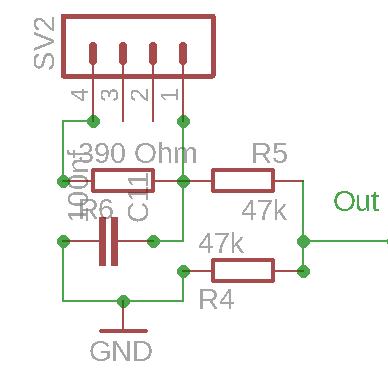First post, by dumpsterac1d
- Rank
- Newbie
Quick post here to pick your brains. I have a few soundcards that don't have PC Speaker headers, and am just wondering if folks here end up using Line In for that and route the headers from the motherboard out of the chassis and back in through the 3.5mm jack on the back of the case? Or does everyone just skip it? Some games I prefer the PC Speaker sound (Keens 4-6 and Monster Bash for example) and would like the sound to route through whatever speaker system I have hooked up.
Anyone tried modding a card for this as well?
